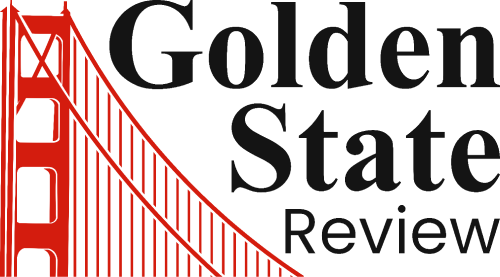Maria Su’s Vision for San Francisco’s Education System
As the San Francisco Unified School District (SFUSD) approaches a decisive Board of Education vote on Maria Su’s appointment as superintendent, she has articulated her key priorities while acknowledging the district’s significant challenges. Su, who has a rich background in public service, was initially appointed by former Mayor Gavin Newsom in 2009 to lead the Department of Children, Youth, and Their Families, highlighting her experience and political acumen.
Financial Stability and Local Control
One of Su’s primary objectives is to ensure the district’s autonomy continues, which is critical given its current fiscal crisis. with a deficit exceeding $100 million—around 10% of its annual budget—the stakes are high. If financial control is not achieved soon, the California Department of Education may step in, leading to a prolonged period of state oversight.
Addressing Educational Quality
Despite the serious implications of the district’s struggles, it raises questions about the effectiveness of local governance in education. Over the years, the SFUSD board has frequently diverted its focus away from improving student outcomes, grappling instead with various administrative issues. Ongoing problems include administrative inefficiencies such as delayed pay for teachers and insufficient tracking of student enrollment in key classes.
A Call for Community Engagement
Su has emphasized the importance of community involvement in shaping educational programs. She remarked, “We want to have the autonomy at the school district to run the programs and provide the services that we feel meet the needs of our students and of our community.” This vision aims to leverage San Francisco’s cultural richness to meet diverse educational needs.
The Challenge of School Closures
Looking back, the district’s recent attempts at school closures illustrate the complexity and contentiousness surrounding local educational governance. In her predecessor’s tenure, a proposed closure plan was met with widespread opposition, illustrating the difficulties inherent in negotiating community concerns while addressing systemic issues such as over-enrollment and overcrowded classrooms. Although the district has approximately 14,000 excess seats—projected to increase to over 20,000—community pushback often overshadows administrative reasoning.
When former Superintendent Matt Wayne was asked about the lengthy, community-centric process for school closures, he defended it by noting the necessity of gathering feedback rather than pushing through changes unilaterally. However, this approach ultimately backfired, resulting in a political impasse that prevented needed cuts.
Future Directions and Budget Considerations
Su’s leadership marks a potential pivot away from previous methods. She plans to reassess the district’s school assignment policies, which have long been a sensitive issue among parents. This shift indicates a move toward a more integrated approach to enrollment and resource management, directly addressing the interconnected nature of assignments and closures.
Her immediate challenge involves drafting a comprehensive budget by December, aimed at achieving savings and cutting 534 positions across the district. She acknowledges that some affected employees may transition to city jobs, creating further complications as the district grapples with budgetary constraints.
Restoring Trust in Education
Another essential aspect of Su’s agenda includes rebuilding trust within the SFUSD. She stated, “We have under-enrollment. We have schools that are not fully involved with students right now. And we want to make sure that the infrastructure of the school district reflects the enrollment level of the district.” The successful implementation of her plans will necessitate a strong, principled approach that prioritizes educational integrity over populism. Only then can the district preempt state intervention.
As Maria Su stands on the cusp of her new role, the community watches closely, hoping her leadership will navigate the district toward improved governance and better educational outcomes for all students.



